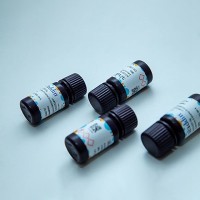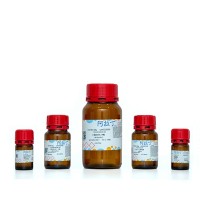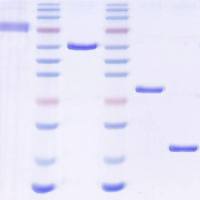Anton van Leeuwenhoek first observed bacterial motility in the seventeenth century, and Wilhelm Pfeffer described bacterial chemotaxis in the late nineteenth century. A number of methods, briefly summarized here, have been developed over the years to quantify the motility and chemotaxis of bacteria, but none of them is totally satisfactory. In this chapter, we describe two new assays for chemotaxis that are based on microfabrication and microfluidic techniques. With easily culturable and manipulated bacteria like Escherichia coli , fluorescent labeling of the cells with green fluorescent protein (GFP) or red fluorescent protein (RFP) provides a convenient method for visualizing cells and differentiating two strains in the same experiment. The methods can be extended to environmental samples and mixed bacterial populations with suitable modifications of the optical recording system. The methods are equally useful for studying random motility, attractant chemotaxis, or repellent chemotaxis. The microfluidic system also provides a straightforward way to enrich for mutants that lose or gain responses to individual chemicals. The same approaches can presumably be used to isolate bacteria from environmental samples that respond, or do not respond, to particular chemicals or mixtures of chemicals.






